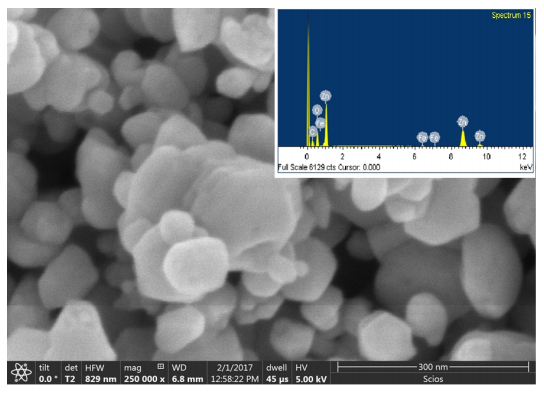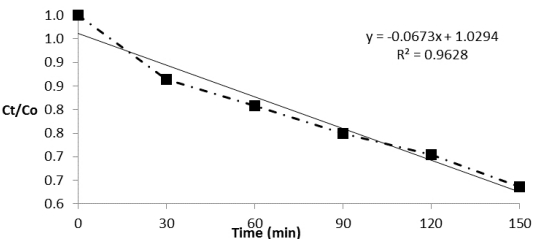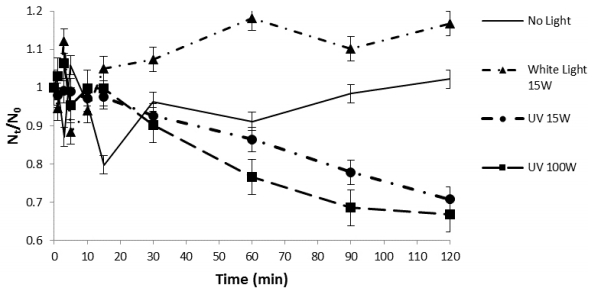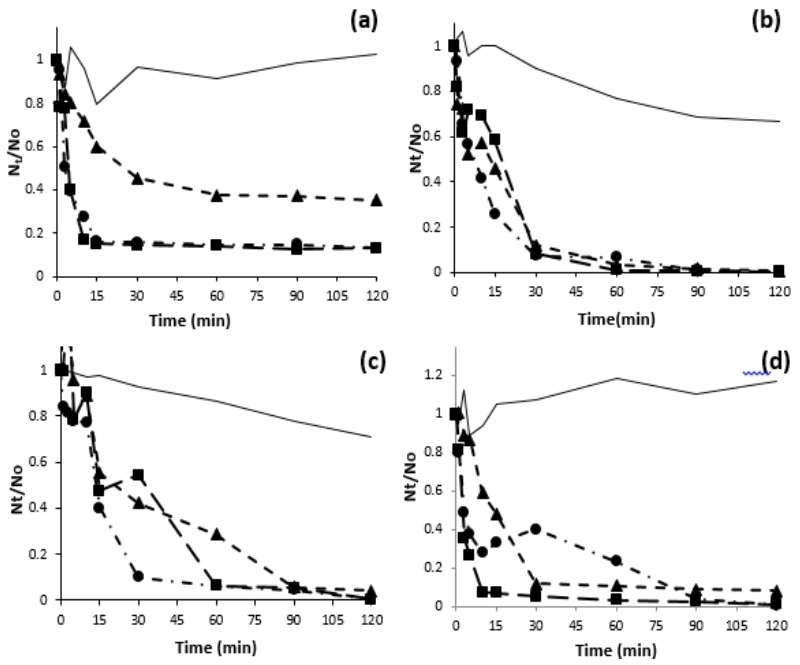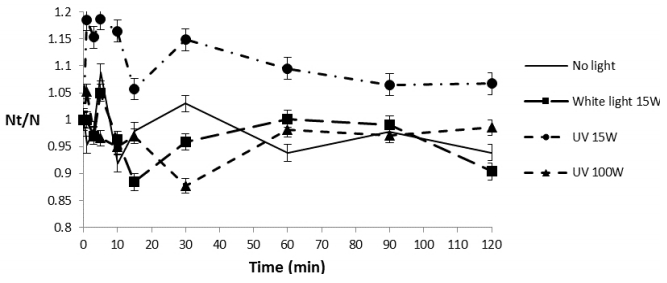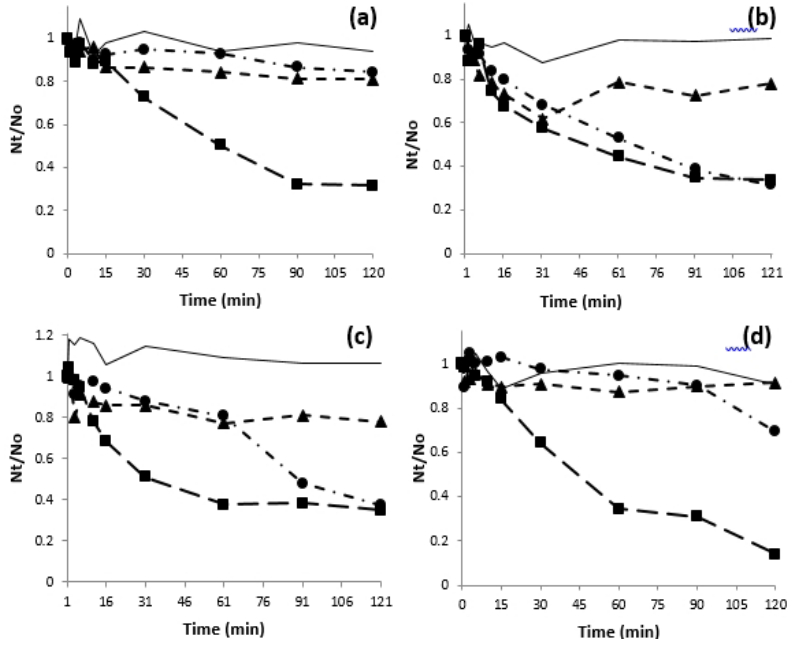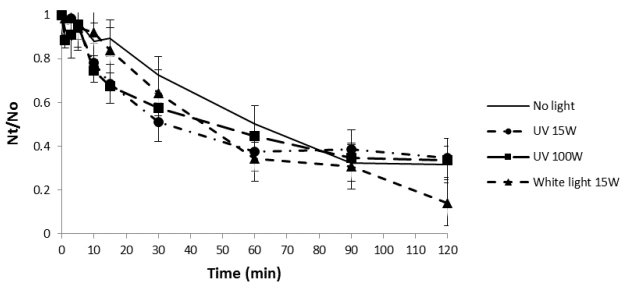1.
Introduction
Since neural networks (NNs) are effective in modeling and describing nonlinear dynamics, there has been a remarkable surge in the utilization of NNs, which have contributed substantially to the fields of signal processing, image processing, combinatorial optimization, pattern recognition, and other scientific and engineering domains [1,2]. Theoretical advancements have laid a solid foundation for this progress, thereby facilitating the successful establishment of NNs as a powerful tool for a diverse range of applications. Consequently, the stability analysis of delayed neural networks (DNNs) has attracted many scholars [3,4].
It should be noted that temporal lags are invariably encountered within NNs as a consequence of intrinsic factors, including but not limited to the finite velocity of information processing [5], which can lead to instability and degraded performance in numerous real-world applications of NNs. In this way, the prognostic capacity and resilience of the neural network would suffer severe impairment, thereby gravely undermining its efficacy and dependability. Hence, the assessment of the stability of a computing system must be conducted with great care and precision, employing accurate evaluation criteria that abide by the principles of scientific rigor to provide reliable guarantee for the system's operation. Thus, in recent years, researchers have been dedicated to analyzing the stability of DNNs and investing significant amounts of time and effort into reducing the conservatism of stability criteria [6,7,8]. In regards to the stability criterion, accommodating a wider range of delay tolerance would result in a less conservative estimate. Consequently, the upper limit of the delay range assumes critical significance in the assessment and quantification of the degree of conservativeness. The stability of NNs with variable delays has been widely studied using the Lyapunov-Krasovskii functionals (LKFs) technique because time delays in actual NNs are usually time-varying.
In order to analyze and solve the stability problems of DNNs, common approaches such as the Lyapunov stability method and linear matrix inequalities (LMIs) are often adopted. Among these, the Lyapunov stability method is widely applied, while LMIs provide a useful descriptive framework for these systems. This method aims to create suitable LKFs to derive less conservative stability conditions, ensuring the stability of the studied DNN even with delays varying within the largest possible closed interval. Various types of augmented LKFs were introduced in [9,10,11,12,13,14,15,16,17,18,19,20,21,22] to investigate the asymptotic or exponential stability that is dependent on delay in DNNs with varying temporal delays. Utilizing the augmented LKF approach, numerous improved stability criteria were also established. Moreover, integral inequality, the free-weighting matrix method, and reciprocally convex combination, which are commonly used methods or techniques, have been utilized to obtain the stability criteria. To reduce the conservatism of stability criteria, recent works [10,13,14,15] have employed delayed state derivative terms as augmented vector elements to estimate the time derivative. Although the existing literature indicates that the resultant stability criteria are less conservative, it is worth noting that the dimensions of the criteria in the LMI formulation experience substantial expansion. Thus, enhanced LKFs generally increase the difficulty and complexity, resulting in a corresponding increase in the server's computational burden and time.
The work done by the above scholars still requires symmetry in the construction of LKF. In [23], two novel delay-dependent stability criteria for time-delay systems are presented, utilizing LMIs. Both are established via asymmetric augmented LKFs, ensuring positivity without the need for all involved matrices in the LKFs to be symmetric and positive definite. In [24], the author used the same method to study the stability of Takagi-Sugeno fuzzy system.
In this paper, the primary contribution can be outlined as follows:
(1) An improved asymmetric LKF is proposed, which can be positively definite without requiring that all matrix variables be symmetric or positive-definite.
(2) A new stability criterion is formulated by utilizing linear matrix inequalities incorporating integral inequality and reciprocally convex combination techniques.
(3) Compared to traditional methods, this new approach has less conservatism and complexity, which enables it to more accurately characterize neural network stability issues.
Ultimately, the efficacy and superiority of this novel approach were successfully demonstrated, corroborating its robustness and superiority over existing methodologies through a commonly employed numerical illustration, providing a feasible solution for practical engineering applications.
Notations: Rn denotes the n-dimensional Euclidean vector space. Rn×m is the set of all n×m real matrices. Dn+ represents the set of positive-definite diagonal matrices of Rn×n. diag{} denotes a block-diagonal matrix. He(M)=M+MT. N stands for the sets of nonnegative integers.
2.
Preliminaries
Lemma 2.1. (Jensen's inequality[25]) Given Q>0, for any continuous function
the following inequality holds:
Lemma 2.2. (Wirtinger-based integral inequality[26]) Given R>0, for any continuous function
the following inequality holds:
where
Lemma 2.3. (B-L inequality[27]) Given R>0, for any continuous function
the following inequality holds:
holds for any N∈N, where
3.
Main results
Consider the following DNNs:
where
represents the neuron state vector, and the activation functions are given by
are the connection matrices. ht is the abbreviation of h(t) denotes a time-varying delay, which is a differentiable function satisfying:
where hm, ν1 and ν2 are the real constants.
The activation functions f(⋅) is continuous, satisfy
and
where k1i and k2i are known real constants, i=1,2,…,m. For convenience, we define
and
For simplicity, we define the following notations:
Theorem 3.1. Given hm>0, system (1) is asymptotically stable if there exist matrices
with
any matrices S1∈Rn×n,G∈Rn×n, such that
Proof. Consider the following LKF candidate:
where
By Lemma 2.1, since T1>0 and T2>0, we obtain
Thus, we can infer
where
Based on the above conditions, we can get
The time derivatives of Vti,i∈{1,…,4} along the trajectory of system (3.1) is given by:
For any symmetric matrices S1, the following one equalities hold:
According to (3.3), for any appropriate diagonal matrices
we have
Then
where
Based on (3.4) and (3.5), we can obtain
According to Lemma 2.1, we can obtain
By combining (3.16)–(3.18), one can derive that
The inequality (3.19) holds, so
proves that ˙Vt<0. Therefore, if LMIs (3.4)–(3.7) hold, the system (3.1) is asymptotically stable.
The proof is completed. □
Remark 3.1. The underlying expression is deftly rescaled through the integration of the Wirtinger-based integral inequality and the B-L inequality. Here, their coefficients are assigned as α and 1−α, respectively. This approach provides a flexible transformation within the range of [0,1], which facilitates the pursuit of optimal amalgamation. In scenarios where α=1, thus making 1−α=0, the outcome solely relies on scaling through the B-L inequality. Conversely, if α=0, which makes 1−α=1, scaling exclusively uses the Wirtinger-based integral inequality.
Remark 3.2. Numerous researchers have introduced various LKFs in the analysis of DNNs, traditionally requiring the matrices to be symmetric. However, this study optimizes this traditional constraint by devising asymmetric forms of LKFs. With such asymmetric constructs, it is not mandatory for each matrix to be symmetric or positive definite when setting the conditions. Consequently, the conditions become more relaxed, leading to a less conservative theorem, thus broadening the horizons of analysis in this domain.
4.
Numerical example
In this part, a numerical example is given to illustrate the effectiveness of the suggested stability criterion. The primary goal is to acquire an acceptable maximum upper bound (AMUB) that is deemed acceptable for the time-varying delays and provides assurance of the neural networks under consideration's global asymptotic stability. As the AMUB increases, the stability criterion becomes less conservative.
Example 1. We consider DNNs (3.1) with the following parameters [17,18,21,28,29]:
and
In Table 1, the maximum time delay achieved for various values of μ within a specific range is presented for Theorem 1 and other related articles.
It is evident that the AMUB as derived from Theorem 1 surpasses that obtained in the previous work by Theorem 1 presented in [17,18,21,28,29]. Compared with Theorem 3 in [26], a larger AMUB is obtained when μ ranges from 0.45 to 0.55. When μ is 0.4, the result obtained is smaller than that obtained by [26]. Importantly, the number of NVs involved in Theorem 1, as shown in Table 2, is 16n2+12n, which is less than the 79.5n2+13.5n reported in [26]. This reduction in the number of NVs lowers the computational complexity from a computation perspective. When μ = 0.4 and the initial states are 0.5, 0.8, -0.5, and -0.8, the corresponding state trajectories are illustrated in Figure 1. For μ = 0.4, the illustration shows that the trajectories tend toward zero near the abscissa of around 350. With μ = 0.55 and the same initial states, the state trajectories are depicted in Figure 2, where they tend towards zero near the abscissa of approximately 300.
5.
Conclusions
A suitable asymmetric LKF has been constructed, enabling us to demonstrate its positive definiteness without the necessity for all matrix variables to be symmetric or positive-definite. Additionally, a novel combinatorial optimization approach is employed to its full potential, utilizing the linear combination of multiple inequalities to identify the optimal arrangement and to process these inequalities. Therefore, the conditions presented in this study are shown to have less conservatism, and our newly proposed technique exhibits tremendous potential in terms of its theoretical and empirical capability to generate larger maximum allowable delays in comparison to select recent works in the literature. Furthermore, both theoretical and quantitative analyses confirm that our method notably reduces conservatism. Finally, the proposed method can be effectively combined with the delay segmentation technique to segment the delay interval into N segments for fine processing, which will be further investigated in future work.
Use of AI tools declaration
Throughout the preparation of this work, we utilized the AI-based proofreading tool "Grammarly" to identify and correct grammatical errors. Subsequently, we carefully reviewed the content and made any necessary additional edits. We take complete responsibility for the content of this publication.
Acknowledgments
This work was supported by the National Natural Science Foundation of China under Grant (No. 12061088), the Key R & D Projects of Sichuan Provincial Department of Science and Technology (2023YFG0287) and Sichuan Natural Science Youth Fund Project (Nos. 24NSFSC7038 and 2024NSFSC1404).
Conflict of interest
There are no conflicts of interest regarding this work.









 DownLoad:
DownLoad:




